As Western water managers turn to cloud seeding, Nevada's program faces funding uncertainty in the Legislature
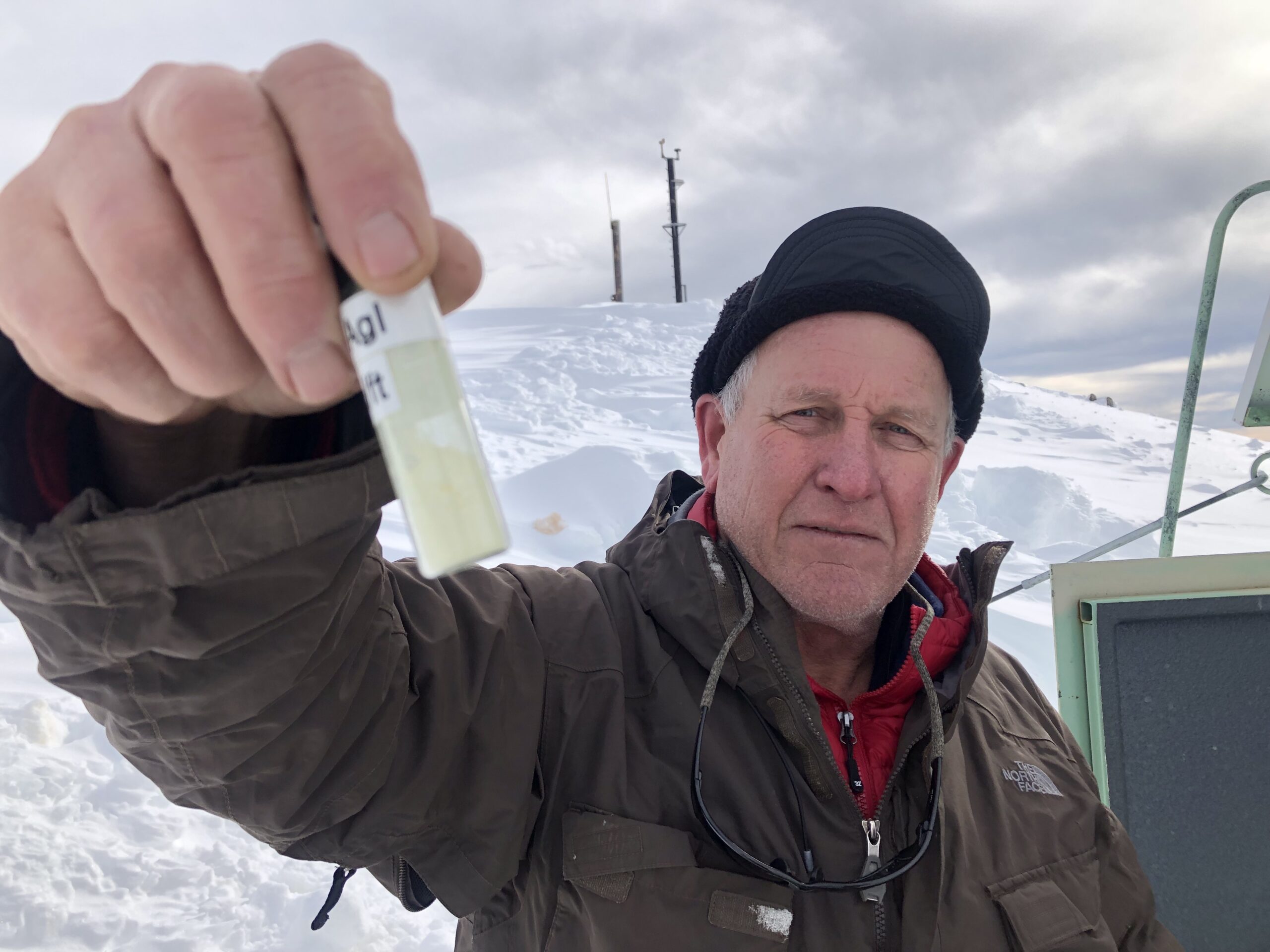
On a cold January day, a technician from the Desert Research Institute holds a vial next to a propane tank and a control center at the top of Alpine Meadows Ski Resort near Lake Tahoe.
Jeff Dean is holding the small bottle, which contains silver iodide, and he’s about to burn it through a process known as cloud seeding. His goal is to bring more snowfall to a basin that feeds the Truckee River, a critical waterway for Reno, the Pyramid Lake Paiute Tribe and farmers as far away as Fallon. For decades, researchers have used the compound to induce the formation of ice crystals, a technique that can create more snow under the right conditions.
"This is 1.4 grams, which can equate to an acre-foot of water, if all is right," he said.
To put that into perspective, an acre-foot is the amount of water that can fill about one football field with one foot of water, or enough water to serve more than two homes in Reno for a year.
Where water is scarce and becoming scarcer in the West, any added supply is valuable. That’s why Nevada water managers see cloud seeding as one potential tool to offset the drought. In 2018, the Southern Nevada Water Authority chipped in $250,000 to efforts aimed at seeding clouds in the mountains that feed the Colorado River. A year earlier, the Legislature restored state funding for the Desert Research Institute to seed clouds in watersheds across the state.
Now the Desert Research Institute is asking the Legislature for funding to maintain and expand its program. An expansion of the state program was listed as one of the Nevada System of Higher Education’s supplemental funding requests. But cloud seeding was not included in Gov. Steve Sisolak’s proposed budget, which only incorporates one supplemental funding request. As a result, it’s uncertain whether the cloud seeding program will receive state funds next year.
Even so, a number of lawmakers view cloud seeding as a necessary drought tool.
“I definitely support it, and I think it’s a good program,” Republican Sen. Pete Goicoechea said last week. “Even today with the winter we’ve had so far — and I know they have a ton of snow on the Sierra — I look at the drought numbers and we’re still in a moderate drought statewide.”
Cloud seeding gets funding from big players across the West. Energy giants such as Idaho Power and Southern California Edison have used it to fill reservoirs, making hydropower more efficient. Colorado ski resorts, like Vail and Winter Park, have shot silver iodide up into winter storms, kickstarting a chemical reaction in the hopes of inducing more precipitation.
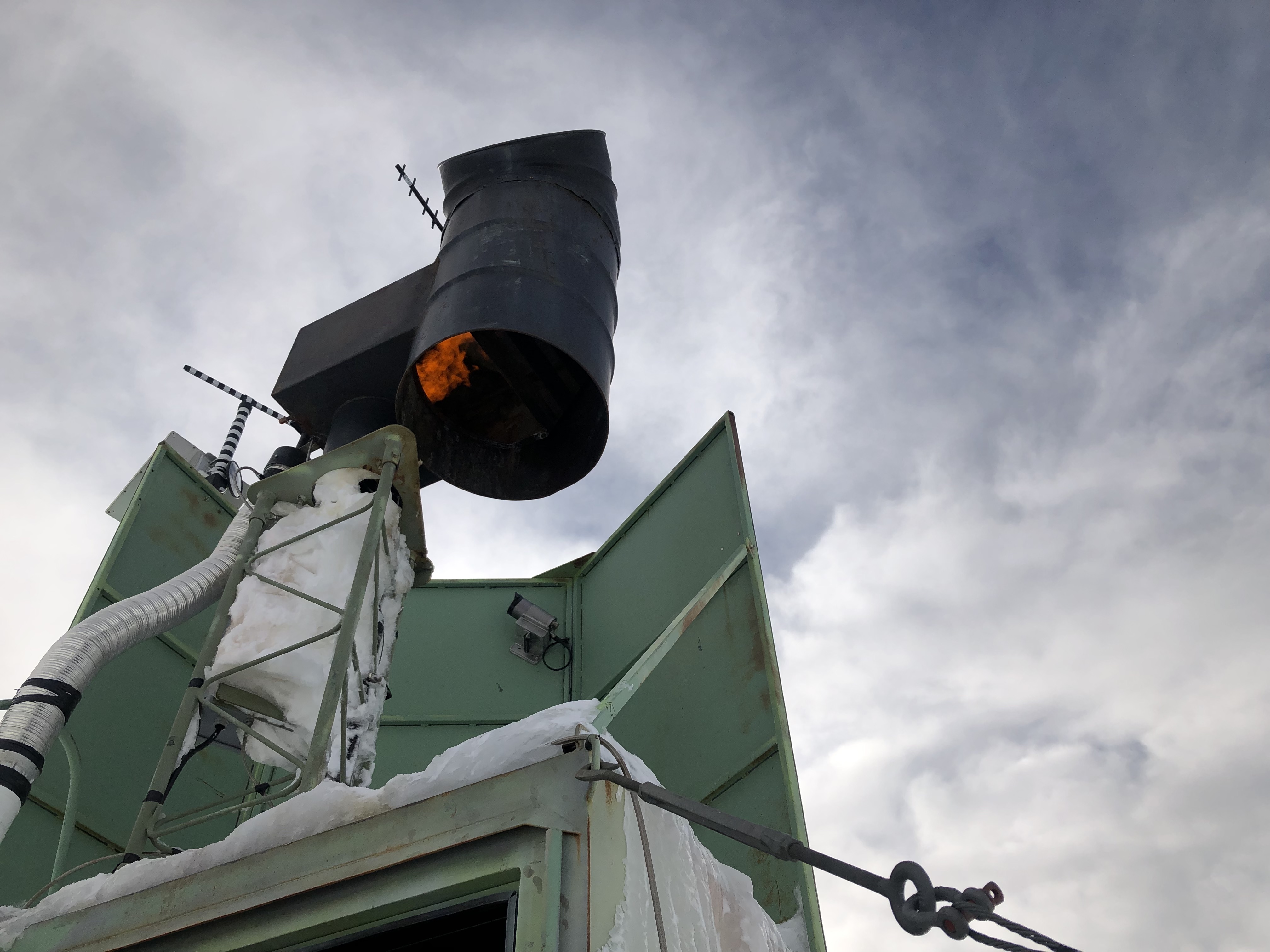
But it also has plenty of skeptics.
Can you really burn silver into the atmosphere and release more snowfall? Frank McDonough, who leads Nevada’s state project for the Desert Research Institute, says the answer is yes.
“The payback is humongous,” he said. “We estimate that we can make water at about $10 to $15 an acre-foot, but we estimate that the value of that water is $250 to $500 an acre-foot."
In 2017, the Legislature contributed about $684,000 in funding for cloud seeding in various places, including the Sierra Nevada near Reno, the Spring Mountains near Las Vegas and the Ruby Mountains near Elko. The request this year, part of the Nevada System of Higher Education’s supplemental funding requests, would appropriate about $1.8 million to maintain those activities and expand the program to more mountain ranges across Nevada.
McDonough cited multiple studies showing, with a high confidence, that cloud seeding was effective in basins throughout the West. One 2010 study he cited showed a Southern California Edison project boosted runoff yields in California’s San Joaquin Basin by about 5 percent.

Still, he acknowledges that there are gaps in validating the efforts. Studies have shown that cloud seeding works as a technique, but it is difficult to quantify with exact certainty how much of an effect the process has on one particular storm and to what extent the added snow contributes to seasonal runoff. The natural variability of storms can sometimes outweigh the effects of cloud seeding, and the fundamental research into cloud structures is still evolving.
"We're trying to do a better job of understanding...how clouds are changing over time," he said.
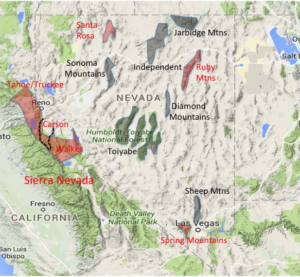
Then there is the problem of weather.
Researchers can only attempt to wring more precipitation from winter storms under the right conditions. The process works best during colder storms, McDonough says. And although the process kicks in over 30 minutes, it does not work at all if there are no clouds to seed. During heavy storms, like those in recent weeks, researchers stop seeding because of safety concerns.
All told, McDonough estimated that, on average, cloud seeding efforts in the Tahoe Basin have contributed about 14,000 acre-feet more water to the Truckee River, enough to supply about 35,000 homes. And they created the water at a cost lower than the amount it costs to purchase.
”It’s substantial,” he said. “And it’s cheap and it’s clean and it’s safe.”
In practice, cloud seeding has existed since the early 1900s. One of the first researchers to use silver iodide in the 1940s was Bernard Vonnegut, the older brother of novelist Kurt Vonnegut Jr. Since then, the technology has improved, but the basic premise is the same. Cloud seeding functions by releasing silver iodide into a cold weather event. Particles from the compound provide extra condensation nuclei, small bits of matter that help boost the growth of ice crystals in clouds.
Yet until last year, researchers had never validated the process outside of a lab. A study led by Jeffrey French, an atmospheric scientist at the University of Wyoming, showed that, under the right conditions, cloud seeding can in fact produce snow that would not have formed otherwise.
“The full chain of events had never been documented,” he said.
Although the study was significant and grabbed major headlines when it was released in early 2018, French said a lot of questions around cloud seeding need to be investigated. What are the best conditions? How can water users quantify its impacts with a firm degree of certainty?
“If water managers and legislators are really interested in cloud seeding as a methodology for mitigating water supplies, they should place some emphasis or importance on engaging the scientific community on what those uncertainties are,” French said in an interview.
Despite the unanswered questions, water managers are funding cloud seeding across the West. The seven states that rely on the Colorado River — Arizona, California, Colorado, Nevada, New Mexico, Utah and Wyoming — are funding cloud seeding in an attempt to boost flows on the river.
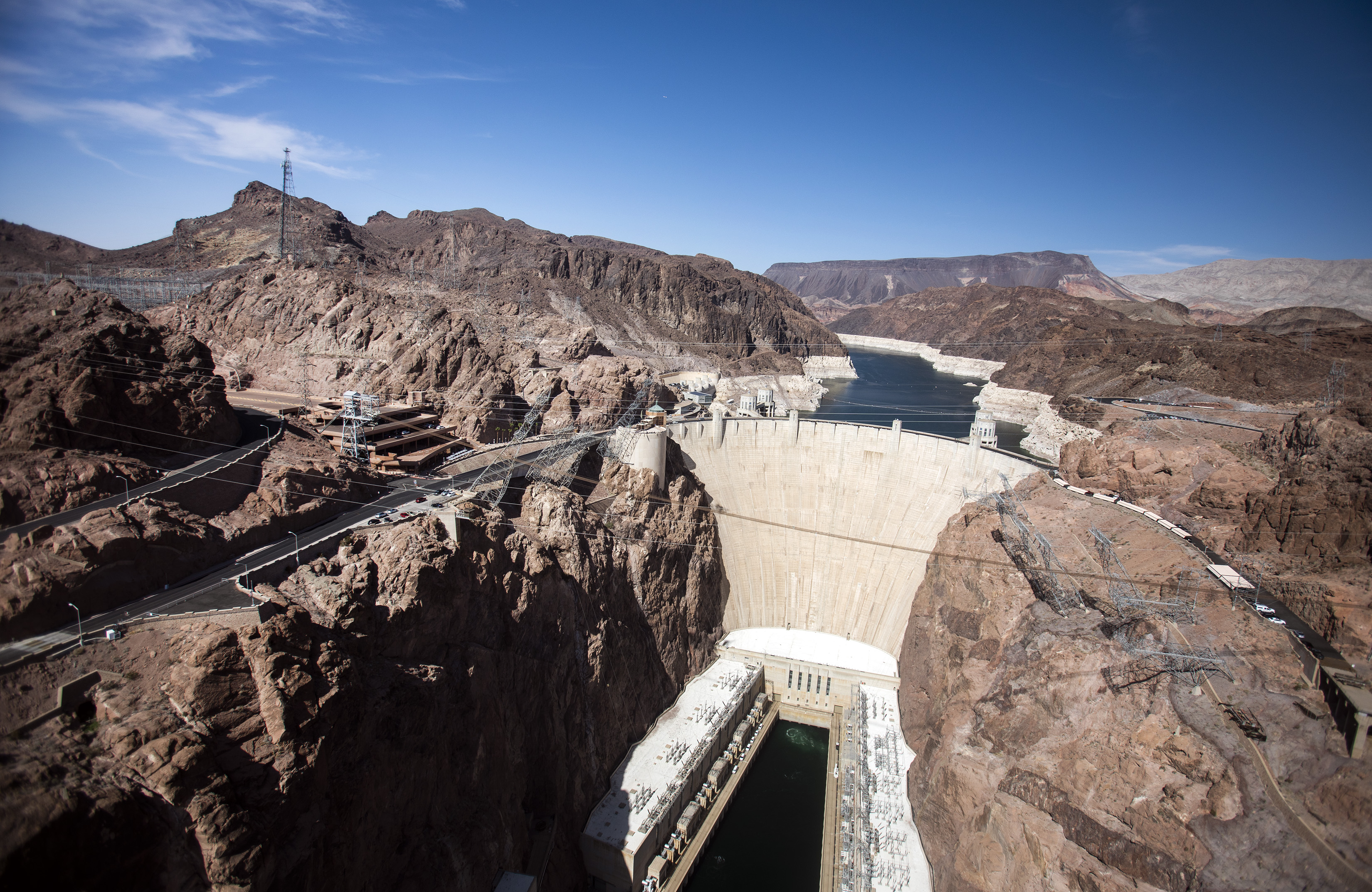
In a nearly two decade drought, the average streamflow on the Colorado River has fallen far below the amount of water Western water managers once thought they could depend on.
James Eklund, Colorado’s negotiator on river issues, said cloud seeding is not a “panacea.” But he said that it is a way to blunt the drought by creating new water supplies at an affordable cost.
“It’s a pretty cost-effective investment if you are looking to create new water,” said Eklund, who is also former director of the Colorado Water Conservation Board, a state water agency.
In addition to its state program, Nevada’s Desert Research Institute is also sponsored by the Colorado agency and local groups. They have collaborated on projects in Western Colorado, including on the San Juan Mountains and Grand Mesa, part of the Colorado River watershed.
Joe Busto, who runs the cloud seeding program for the Colorado Water Conservation Board, said the Desert Research Institute, which has been cloud seeding since its inception, has a track-record of researching cloud seeding and helping Western water managers with projects.
"They wrote the book on modern-day cloud seeding," he said.
Part of the hesitation around cloud seeding likely has to do with perception. Some see cloud seeding as an antidote to water scarcity, when it should be viewed as a tool, McDonough says. Others look at the weather in good water years and argue that the program is not necessary.
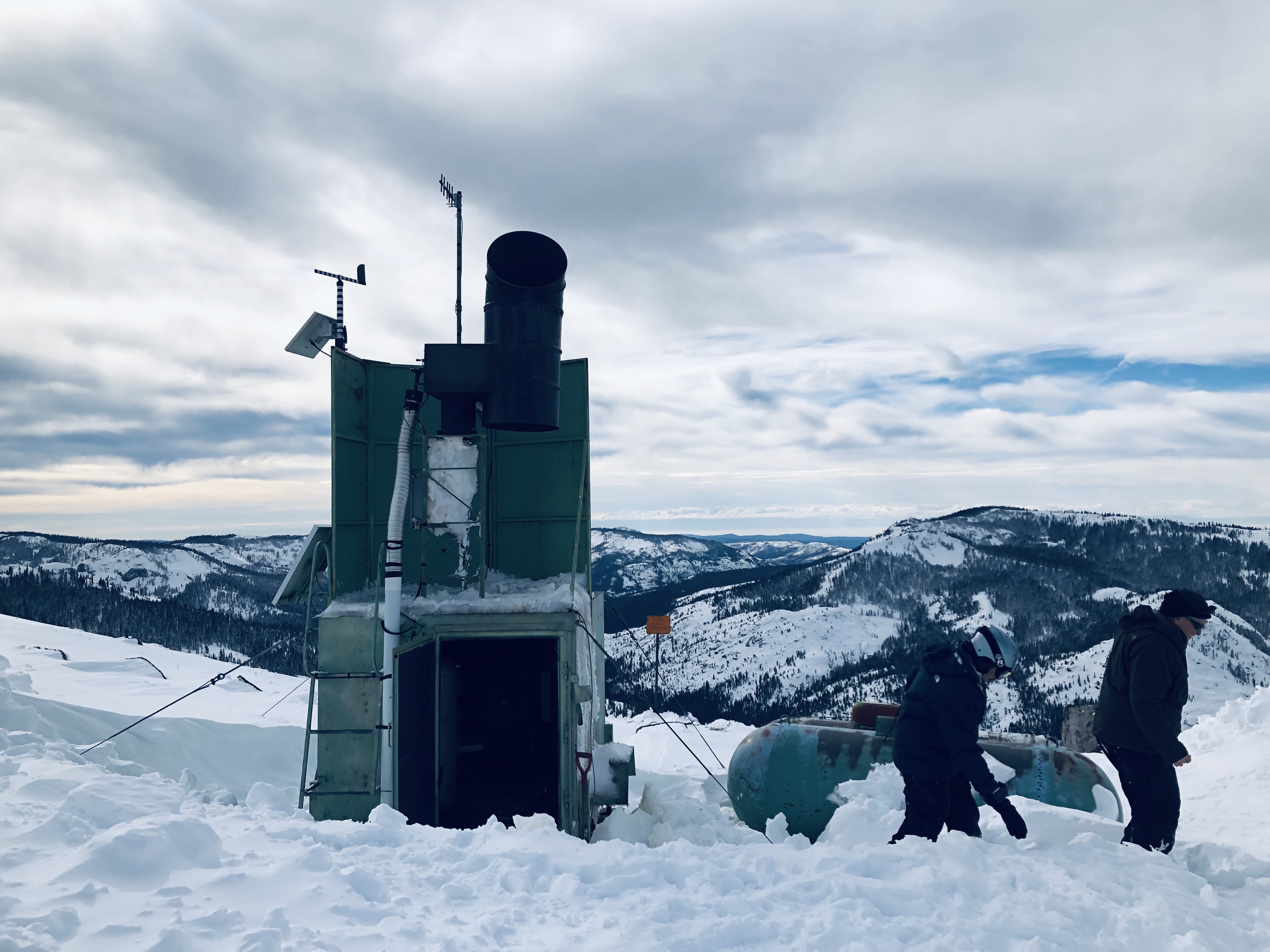
The perception of heavy winter storms might be a roadblock in the Legislature this session when lawmakers are faced with the tough choice of deciding what to fund. Although the interim Committee on Public Lands advocated to continue funding the program as part of its final recommendations, a line item was not included in Sisolak’s proposed budget. If the Legislature pulls state funding, the cloud seeding program would likely have to look for funding elsewhere.
Republican Sen. Ben Kieckhefer said he thinks it is still possible that the Legislature could fund cloud seeding for the next two years, noting that the biennial budget is not set in stone.
“We’re obviously in the midst of a very wet winter, which is an incredibly good thing,” he said. “But let’s not fool ourselves into thinking that one weather system is indicative of broader weather patterns.”
When the state stopped funding the program as the recession hit in 2008, other water users, including the Southern Nevada Water Authority, chipped in to help make up for the cuts. It’s possible that could happen again. But a lapse in state funding would make it difficult for the Desert Research Institute to fully use all of its equipment, let alone expand the program.
Jeff Fontaine, who leads the Humboldt River Basin Water Authority, cast it as a “cost-effective” way to produce water, which can often cost thousands of dollars per acre-foot in the West.
“To the extent that cloud seeding can increase snowpack during the winter and then produce more water in rivers — and groundwater recharge in the spring and summer — that’s a good thing,” he said. “It’s cost-effective, and it’s a way to bring more water to Nevada."
